On Sept. 17, 1787, the U.S. Constitution was signed.
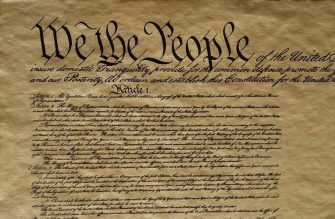
The U.S. Constitution endorsed slavery and favored the interests of the owning classes. What kind of Constitution would have resulted from founders who were representative of the entire country — including enslaved people, workers, and farmers?
Rethinking Schools editor Bill Bigelow explains,
Corporate textbooks present the Constitution as a wise inevitability, awaiting only the Bill of Rights as the icing on a delicious cake of compromise.
Students deserve a more critical and nuanced exploration of the Constitution — one that is alert to the race and class issues at the heart of our governing document.
. . .This is another thorny question sidestepped by the textbooks. United States History tells students that the Constitution was written by “some of the most famous and important men in America,” but skims over their economic status. In contrast, I ask my students to look at where the writers lived, and what they did for a living.
Nearly 40 percent of the Framers — including, of course, George Washington and James Madison — enslaved other human beings. Many were wealthy lawyers, others successful merchants. Not a single “famous and important” leader was a common farmer or worker. All were white; all were male.
Asking students to think critically about the Constitution is not a demand for them to come to any particular conclusion about the Constitution and those who drafted it. Rather, treating the Constitution as a product of social conflict and written by partisans in that conflict, implicitly gives students permission to become thinkers. No longer intimidated by the document’s holy status, they can analyze and draw their own conclusions. And part of the analysis that our students need to do today is to ask of any social policy: Who benefits? Educators can introduce race and class as key categories of inquiry — an exploration that is essential if young people are to think clearly about everything from climate change to health care.
Today, we need young people who can look at the world from multiple perspectives — especially from the perspectives of those who may not be well served by our society’s arrangements of wealth and power. On this Constitution Day, let’s encourage schools to teach outside the textbook as part of a broader curriculum of critical thinking.


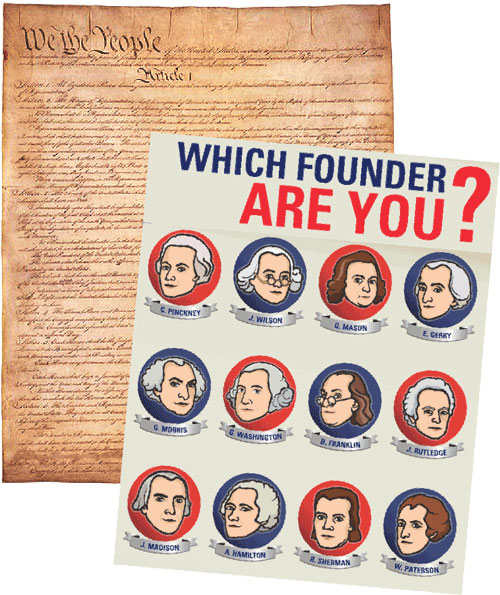
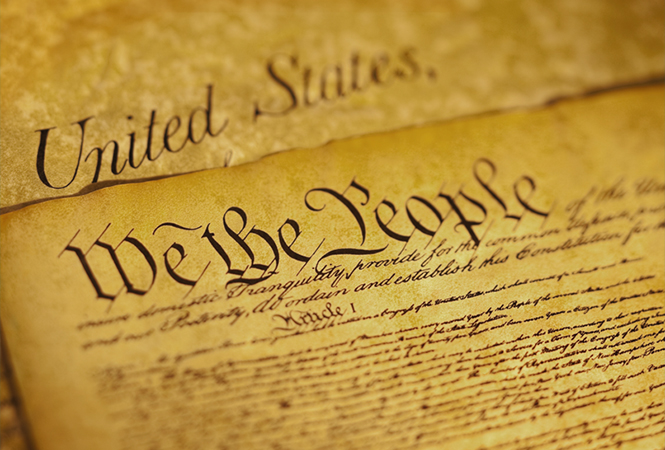
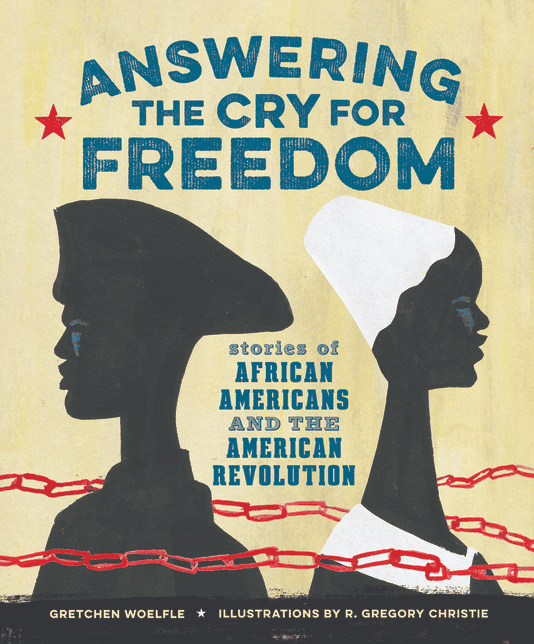
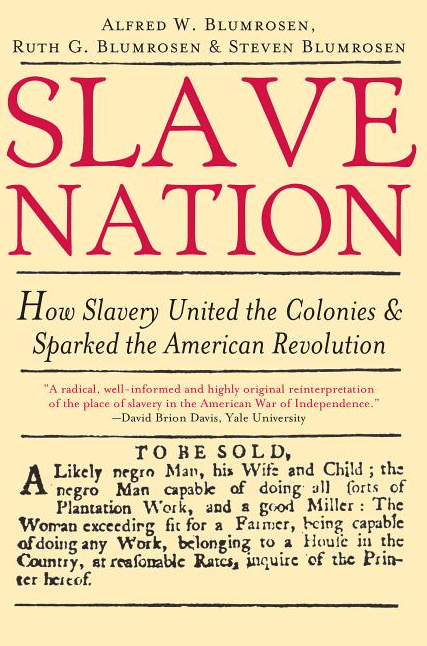

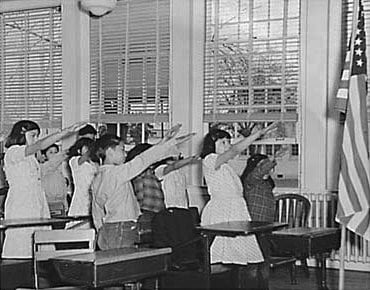






Twitter
Google plus
LinkedIn